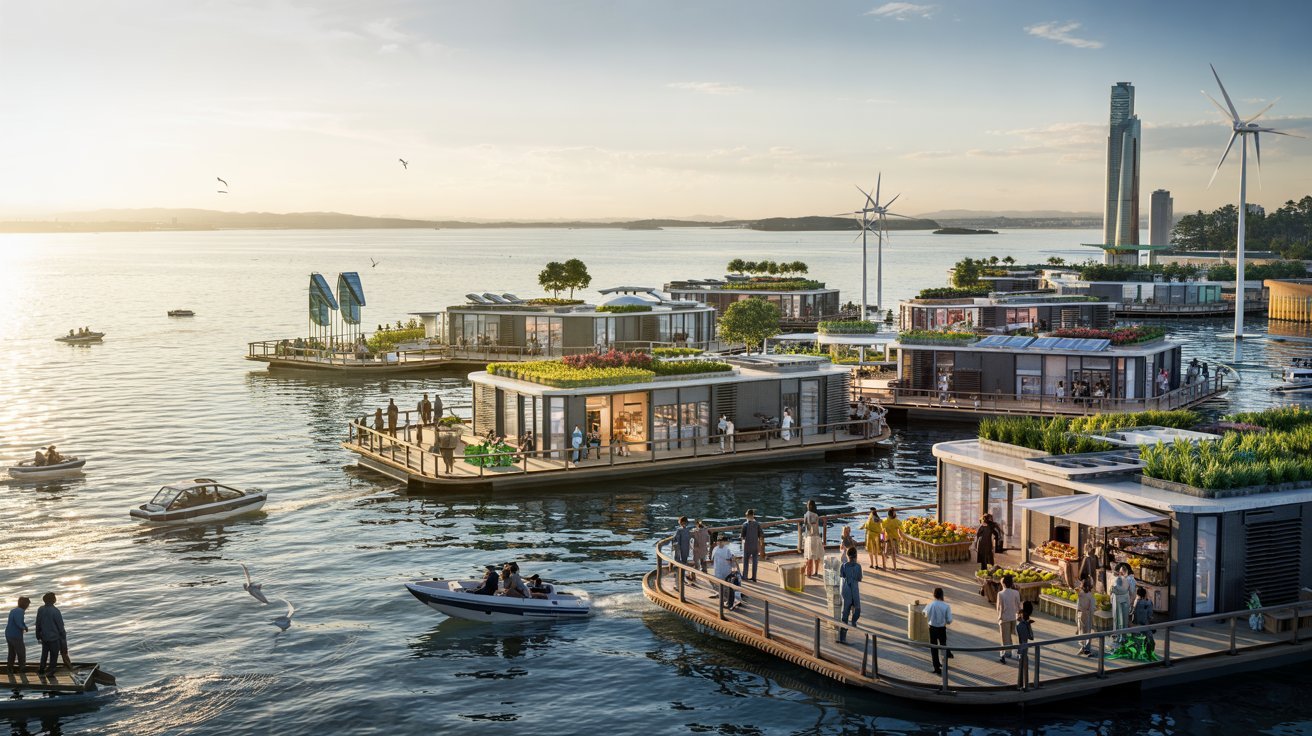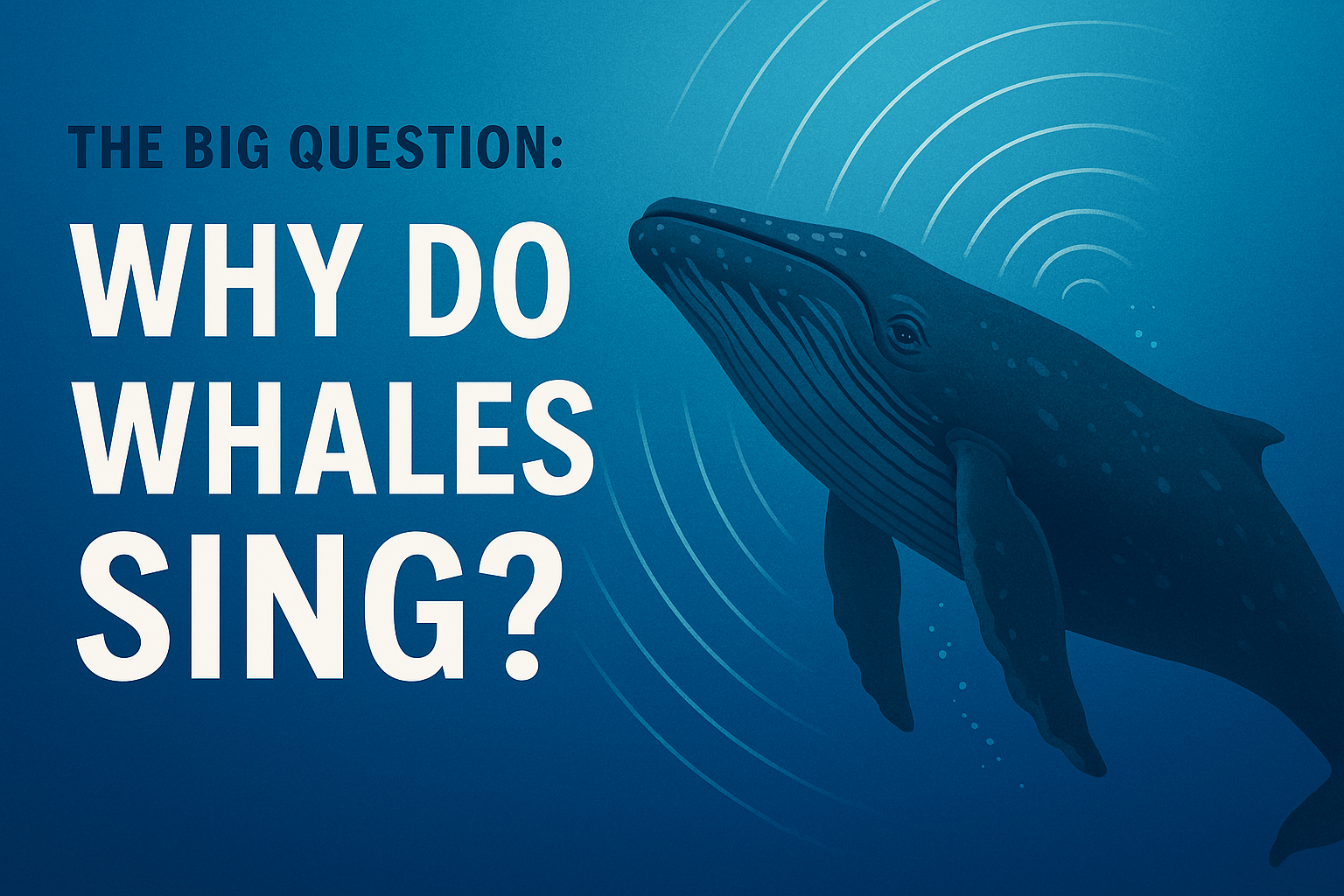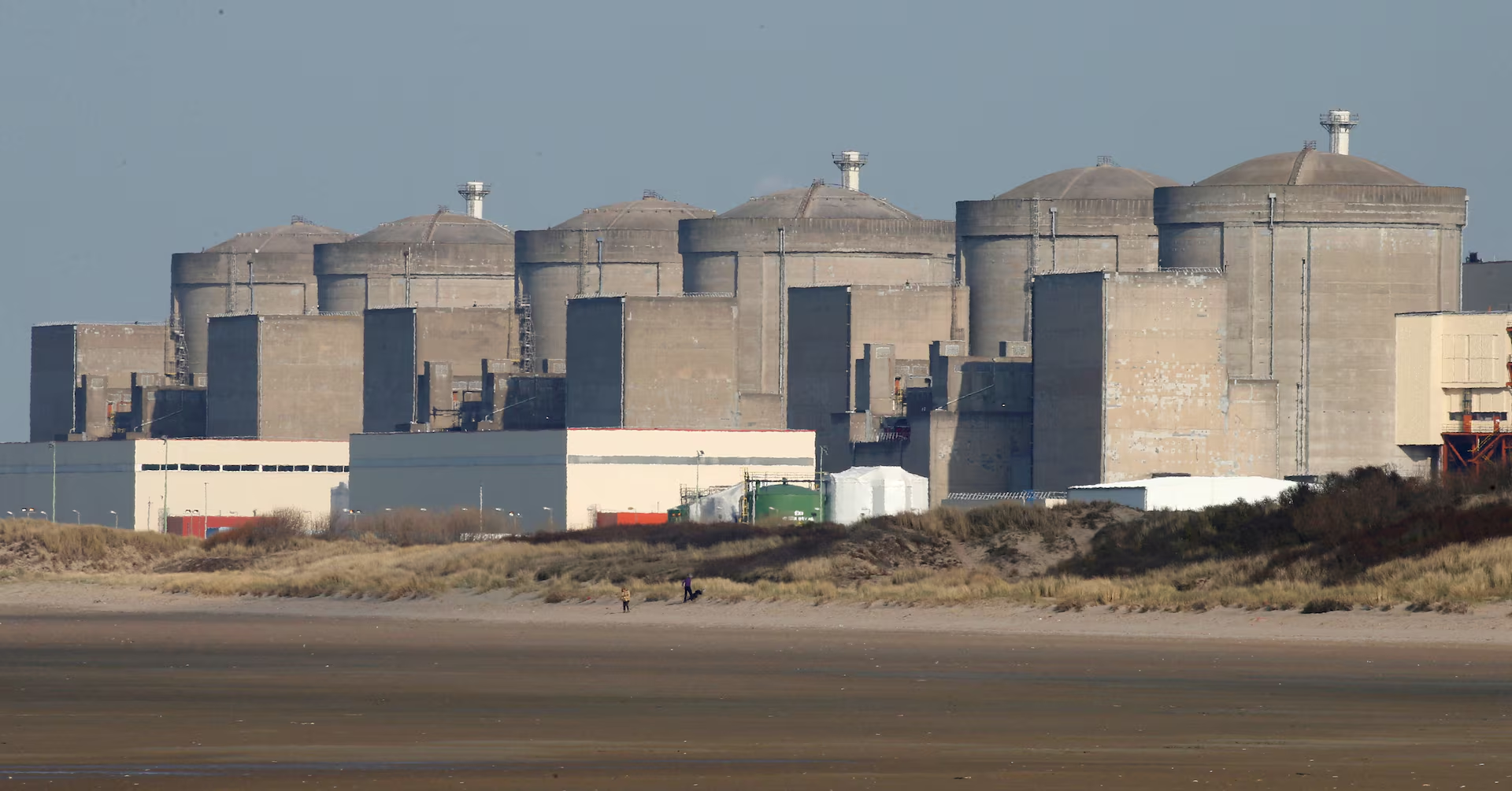Rising Concept of Floating Cities
China tackles rapid urbanization challenges by embracing floating cities, creating climate-resilient solutions and sustainable housing for growing coastal populations.
Architects design modular floating platforms using advanced engineering, ensuring stability, scalability, and adaptability for long-term urban expansion on water surfaces.
Government funds extensive research programs, supporting innovative projects that integrate sustainability, economic opportunities, and environmental protection into floating city development, floating cities protect vulnerable populations in flood-prone areas, offering safety against rising sea levels through elevated, adaptable platform structures.
Urban planners integrate renewable energy systems into floating designs, reducing environmental impact and promoting climate-friendly infrastructure for future city growth, tourism thrives in floating cities, attracting visitors with unique architecture, water-based lifestyles, and immersive cultural experiences supported by local businesses.
Fisheries utilize underwater farming beneath platforms, producing sustainable seafood while boosting local economies and supporting food security in coastal regions.
Floating cities conserve land resources by reducing reliance on traditional construction, helping preserve natural habitats and biodiversity for future generations.
International collaborations share expertise, accelerating floating city innovation and strengthening China’s leadership in global urban planning advancements.
Educational institutions prepare future engineers and architects by introducing specialized courses on floating city design and environmental technologies.
Benefits and Future Outlook
Floating cities reduce carbon emissions by adopting renewable energy systems, directly contributing to climate change mitigation and environmental sustainability goals.
Solar panels and wind turbines power floating city infrastructure, creating reliable, eco-friendly energy supplies for residential and commercial use.
Waste treatment systems operate locally within floating cities, managing pollution effectively and maintaining clean water for community health, desalination plants integrated into floating platforms provide residents with consistent access to fresh water without stressing natural resources.
Electric boats and autonomous taxis enhance mobility within floating cities, offering efficient, low-emission transportation options for residents and visitors.
Community-focused designs feature green spaces, recreational areas, and gathering spots, improving quality of life for floating city inhabitants.
Commercial zones attract diverse businesses, creating jobs and stimulating sustainable economic growth in floating city environments.
Scalable layouts allow floating cities to expand as population needs grow, offering flexibility for coastal urban planning, government incentives encourage private sector investment, accelerating floating city project timelines and boosting construction capabilities.
China floating cities future aligns innovation, sustainability, and resilience, setting a global example for climate-adaptive urban living.




